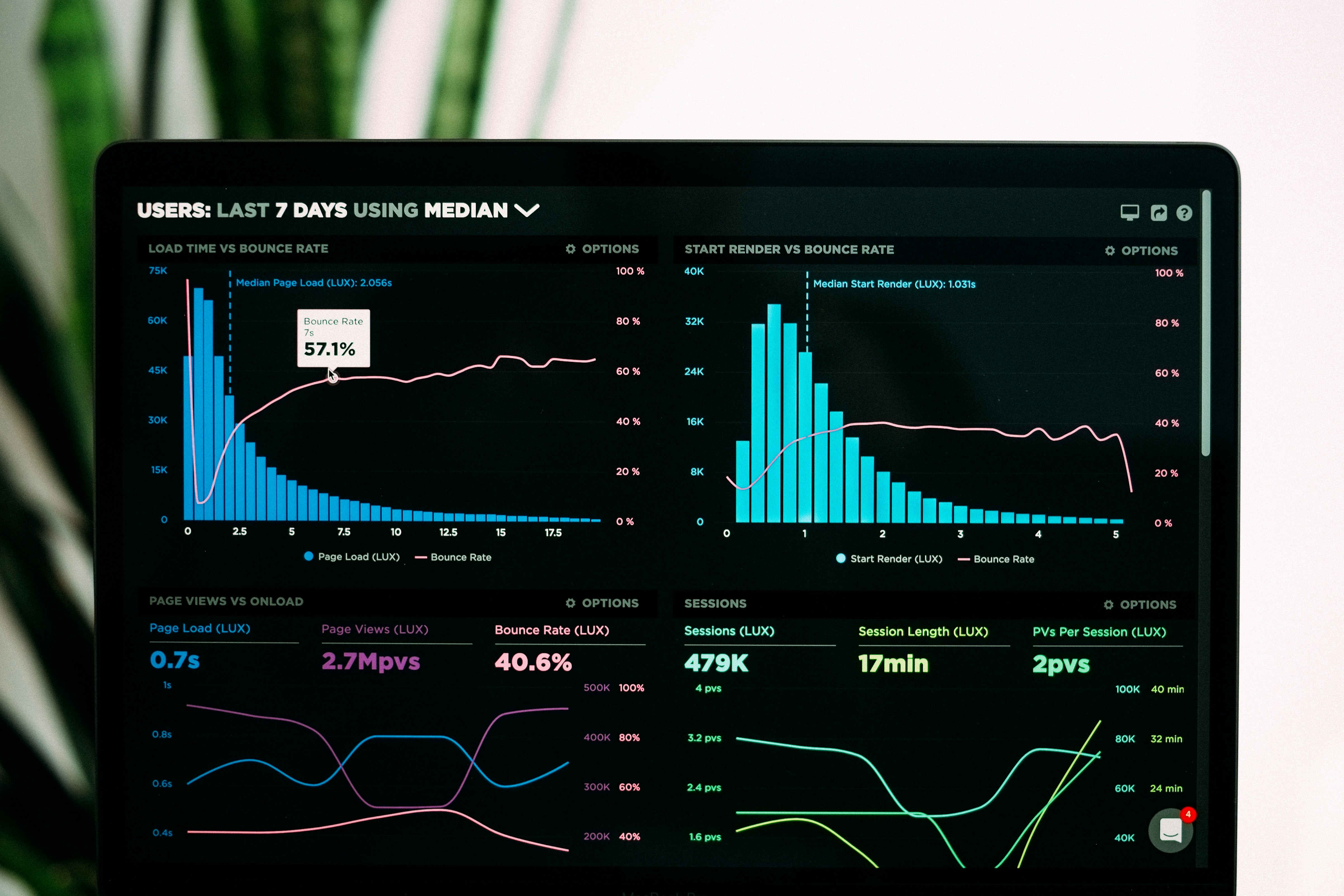The Future of Online Shopping
Online shopping has undergone a remarkable transformation over the past few decades. What began as a simple way to order products without leaving home has evolved into something far more sophisticated. Today’s consumers expect a digital shopping experience that feels personal, inspiring, and trustworthy — an experience that mirrors the charm of a physical store while offering the ease and speed of the digital world. The future of e-commerce is no longer just about efficiency; it’s about emotion, connection, and authenticity.
Personalization as the New Standard
In the next phase of online shopping, personalization will become the foundation of every e-commerce experience. With the help of data analytics and artificial intelligence, online stores are learning more about their customers than ever before. They can anticipate preferences, recognize shopping patterns, and even adapt to moods or seasonal changes. This means that no two customers will ever see the same version of a website again. Every recommendation, every product suggestion, and even the tone of messaging can be tailored to the individual.
This shift toward hyper-personalization makes online shopping faster and more intuitive for users. It also helps brands strengthen their relationships with customers, creating a sense of recognition and trust that drives loyalty. In essence, personalization transforms online retail from a transaction into a conversation.
Social Commerce and Changing Shopping Habits
Another major force shaping the future of e-commerce is social commerce — shopping directly through social media platforms like Instagram, TikTok, and Pinterest. These platforms are no longer just sources of inspiration; they’ve become digital marketplaces where discovery and purchase happen in the same space.
Customers can watch a video, read a review, and buy the product instantly without leaving the app. This seamless journey from curiosity to conversion is what makes social commerce so powerful. For brands, it means they must be active where their audiences already spend their time. Social commerce blurs the line between entertainment and retail, creating a more organic, interactive way to shop.
Live Shopping and Interactive Experiences
Live shopping is taking e-commerce one step further. In this fast-growing trend, brands host livestreams where presenters showcase products, answer questions in real time, and allow viewers to buy instantly. It’s the digital evolution of traditional TV shopping — but more personal, dynamic, and engaging.
Consumers appreciate the authenticity of seeing products demonstrated by real people rather than static photos or pre-recorded ads. This format is already hugely popular in Asia and is rapidly gaining ground in Europe and North America. Live shopping adds a layer of community and interaction to online retail that static product pages simply can’t match.
Sustainability and Conscious Consumption
The future of online shopping is also being shaped by sustainability. Shoppers are becoming more mindful of their environmental footprint and want transparency about how and where products are made. They look for eco-friendly packaging, carbon-neutral shipping, and brands that take social responsibility seriously.
E-commerce businesses that embrace these values — by offering recycled materials, refurbished products, or circular shopping models — gain not only credibility but also long-term loyalty. Sustainable e-commerce is more than a marketing trend; it’s a shift toward conscious consumption, where ethics and experience go hand in hand.
Technology as the Driving Force
Behind all these changes is rapid technological innovation. Tools like augmented reality (AR) allow customers to visualize products in their own homes before purchasing. Voice commerce lets shoppers order through smart speakers with just a few words. Faster payment systems, AI-driven chat support, and same-day delivery are becoming the new expectations rather than luxuries.
Technology doesn’t just make online shopping faster — it makes it more human. By reducing friction and increasing personalization, it enables a shopping experience that fits seamlessly into consumers’ everyday lives.
Communities at the Heart of E-commerce
The future of e-commerce will revolve around relationships, not just sales. Brands that build strong communities around shared values and interests create deeper emotional connections with their customers. Exclusive memberships, discussion forums, or social groups where customers can share experiences and feedback foster a sense of belonging that extends beyond the purchase itself.
When customers feel part of something bigger than a transaction, they become advocates — sharing, recommending, and helping the brand grow organically. In this way, e-commerce evolves from a marketplace into a connected ecosystem built on trust, engagement, and shared purpose.



































































